May 24, 2025
Author:Sam Wonder
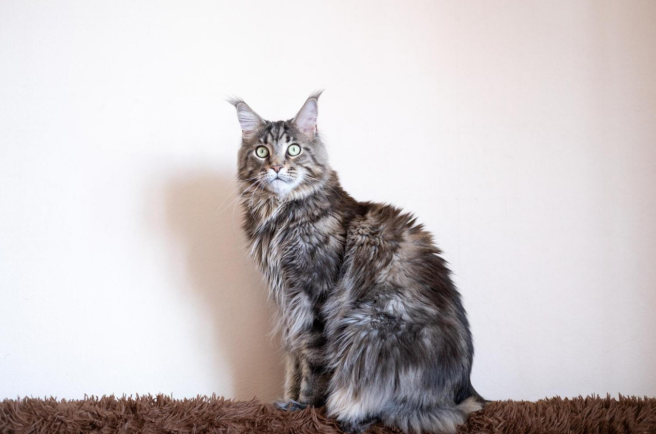
When you lift a Maine Coon, you might feel strong muscles instead of just soft fur. That’s because this breed, often called the ‘gentle giant,’ is known for its large size and calm nature. With a long body, fluffy tail, and friendly mood, the Maine Coon is a favorite in many homes.
If you’re thinking about bringing home a female Maine Coon, it’s important to understand how big she can get. This guide covers everything you need to know about female Maine Coon size, including average weight, growth by age, and simple tips to keep her healthy and strong.
A grown queen stands as one of the bigger pet cats on earth. The wide range in weight, length, and height may confuse people, so let us sort the facts first.
Most adult queens settle between 10 and 15 pounds, yet the normal span runs from 8 right up to 18 pounds. Always weigh her on the same scale each time so you can spot real change, not scale error. A fit queen shows a slight waist when you look down from above, and you can feel her ribs under a thin fat pad. She does not roll like a ball when she walks.
Length shocks many visitors. Measure from the nose tip down the spine to the base of the tail, then add the tail itself. Nose-to-tail numbers sit between 19 and 40 inches. The tail alone reaches 12 to 18 inches, which means your cat may sweep a whole coffee table with one swing. Height at the shoulder ranges from 8 to 15 inches. Some owners mark the wall behind a favorite perch to watch growth over time.
Male Maine Coons lift more weight on the same frame. Many tip the scale at 15 to 25 pounds and look broader in chest and head. Yet length and height often match the females. Small males can weigh less than a big queen, so never judge sex by heft alone.
Rare queens pass 18 pounds while staying lean. These cats come from lines with tall, heavy bones. The current world record, however, belongs to a tom named Barivel, who stretches 47.2 inches. Those numbers thrill the news, but they do not set the goal for health. You want a cat that moves with ease, not one that drags extra bulk.
You can dig into a detailed weight chart for all cat ages if you crave more numbers.
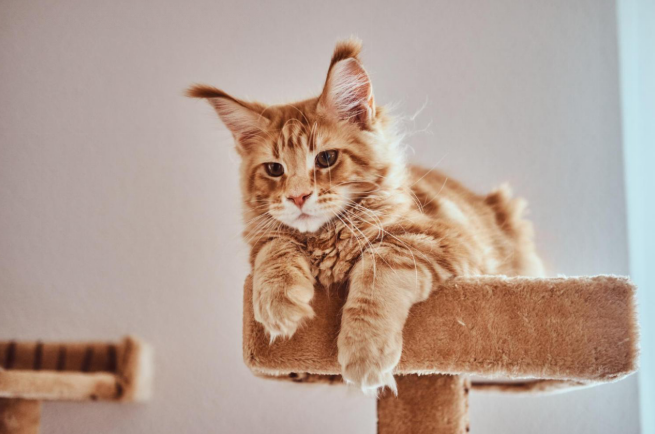
Growth does not end at one year, as most other breeds do. Maine Coons mature at a calm, steady clip that spans half a decade.
Kittens arrive at 100–150 grams. During these first weeks the litter gains weight almost daily. A healthy kitten may add up to one pound by the eighth week. The queen feeds them often, so you simply count steady gain and clear eyes. If a kitten stalls in growth, call the vet fast and review feeding tips for young cats.
Food shifts from mother’s milk to wet and dry meals rich in protein. At three months the kitten weighs 3–5 pounds. Tiny lynx ear tufts and a growing mane make her look wild. Spurts hit hardest between the third and seventh month; some kittens add a kilogram—about 2.2 pounds—each month.
Spay surgery often happens near six months. It lowers the risk of heat behavior and future disease. It may shave a sliver off adult length, yet vets see more gain in life span than loss in height. If you worry about the cut, read about safe sterilization plans.
Bone plates close at a crawl. The outline still stretches, though the pace slows. You see thick muscle rise on shoulders and thighs. Joints need steady but gentle play. A strong climbing post or the best cat shelves let her test skills without wrecking lamps.
The frame stops lengthening, yet bulk creeps on as muscle. Sturdy bones hold real power now. This late fill-out explains why owners who measure weight only may think growth ended early. Track length and chest girth, too. At this stage you notice the full plume tail and the lavish mane that guards her neck in cold weather. Use puzzle bowls or a timed feeder so she eats slow and builds lean mass, not fat.
Genetics remains the main scriptwriter. Two large parents often gift large kittens, but nature loves her wild card. A petite queen can birth a giant daughter if the line hides big genes.
Domestic shorthairs sit at 8–10 pounds and 15–20 inches long. Even a light female Maine Coon equals or tops that. Visitors may stare when they meet your queen sprawled across the sofa like a small panther.
Ragdolls reach 15 pounds in males, 13 in queens, yet stay shorter. You can read about their calm nature in this Ragdoll profile. Siberians weigh 13–17 pounds. Norwegian Forest Cats approach Maine Coon length and share tufted ears; check a Norwegian Forest guide for full notes. Among these giants, the Maine Coon queen still claims one of the longest tails.
She may equal a Chihuahua or Pomeranian in weight, yet her body stays longer and lower. Your friends who like low-maintenance dogs often find the Maine Coon easier, since she uses the litter box and grooms herself with skill.
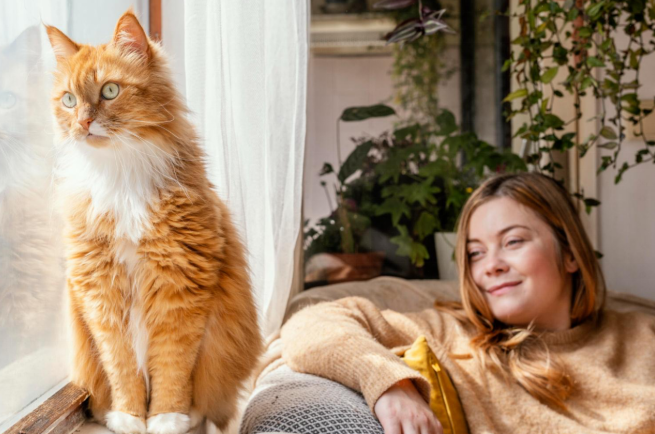
European lines trend heavier, while many North American breeders aim for balanced weight and broad muzzles. Always ask a breeder for the parent stats. Pictures help, yet a tape measure tells the truth.
Muscle needs protein and right fat. Look for real meat in the first two ingredients. Skip fillers like corn gluten. Wet meals add water for kidney health. For days when work runs long, an automatic feeder guards meal timing. If you plan trips, learn how to feed while away.
Cats also need fresh water at will. Fountains tempt them to drink more, which protects joints and the heart. Compare a fountain and a bowl to see which tool suits your home.
Large size does not mean lazy life. In fact, the queen hunts toys with energy. Set a daily play slot of at least twenty minutes. Wand toys, laser dots, and even water fetch work well. If fur ends up on shirts, follow steps to remove cat hair from fabric.
Obesity blurs real female Maine Coon size and stresses hips. Hyper-thyroid disease, kidney trouble, and heart defects appear in the breed. Keep six-month vet exams, run heart scans, and ask for DNA checks when you buy a kitten. Tips in this kidney care guide ward off silent harm.
Choose a litter box at least 1.5 times the cat’s length. A cheap plastic storage tub works if you cut a side door. A wide bed lets her stretch full length. High cat trees support her climb; bolt them to wall studs so the heavy frame does not tip the tower.
Use a gram scale to weigh each day’s food. Follow the maker’s chart for weight and age, then adjust to hold a visible waist. Rotating feeder trays work well for wet food and can keep meals fresh; see why in this automatic feeder guide.
A flowing tap draws a Maine Coon like magic. Many queens paw at water for fun; read why some cats dip their paws. A filter fountain cuts hair buildup and keeps water cool. Learn how often to change filters for clear taste.
Segment play: ten minutes of chase, five of climb, five of scent hunt. Swap toy types each week. High-value toys keep her keen; the top twenty toys list gives fresh ideas. Train fetch with treats; step-by-step help sits in a simple fetch guide.
Long fur mats if you neglect it. Brush three times a week, daily in shedding season. A pet grooming vacuum may save time; scan this review of top vacuums. Trim nails every two weeks and check ears for dirt.
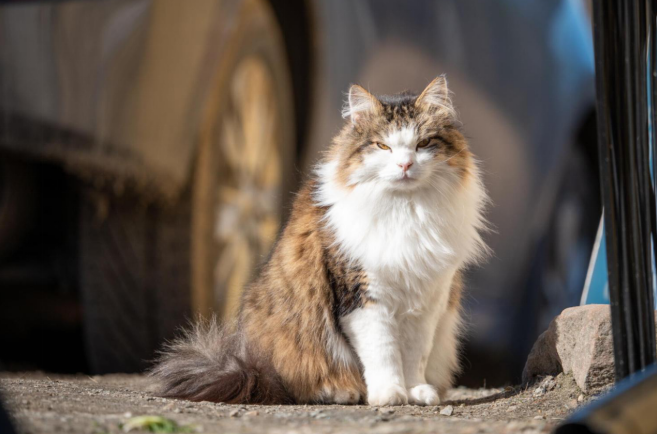
Extra fat hides the waist and droops the stomach. It raises the odds of diabetes, liver disease, and arthritis. Control food, boost play, and track weight in a logbook. For slimming help read vet-approved weight tips.
The big body loads hips and knees. Keep jump heights safe. A ramp helps older cats reach the bed. Glucosamine in vet-approved joints treats can soothe cartilage.
Heart and Muscle Checks
Hypertrophic cardiomyopathy often shows no early sign. A yearly echo test helps. Spinal muscular atrophy also lurks in some lines; DNA tests spot carriers. Early care helps hold normal female Maine Coon size without pain.
Grab a soft tape. When the cat stands, measure from nose tip to tail base. Then run the tape down the tail to the end to find full length. For height, slide the tape from floor to shoulder top. Use a digital bathroom scale: weigh yourself, then hold the cat and subtract. Log these numbers each month. Clear records let you notice quick change and call the vet early. Many owners post the chart near the food bin so the whole family joins the watch.
Do you travel often? A cat-safe car carrier sized for female Maine Coon size keeps her straight and calm; follow these road travel steps for a smooth ride.
You can now see the full arc of female Maine Coon size. A fit adult weighs 8 to 18 pounds, stretches up to 40 inches nose to tail, and stands 8 to 15 inches tall. She reaches these numbers over five patient years, not one quick burst. With high-quality food, daily play, roomy gear, and steady vet checks, you help that gentle giant stay lithe and lively. Keep honest notes, adjust meals as growth slows, and enjoy a housemate who mixes bold stature with warm heart.
Label:
Popular Post
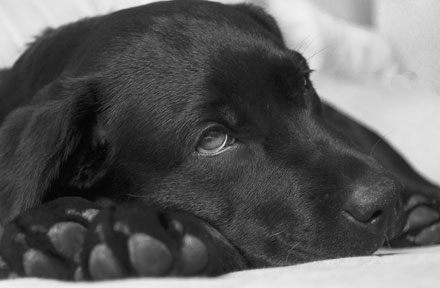
What to Feed a Sick Dog With No Appetite? [2025 Guide]
May 16, 2023
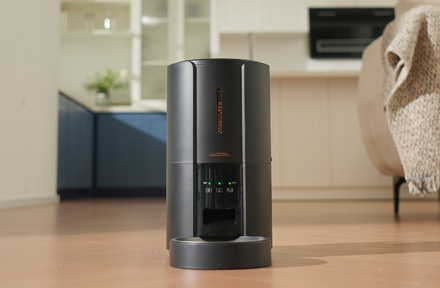
Troubleshooting Common Issues with Automatic Pet Feeders: Tips & Tricks for Pet Owners
Oct 26, 2023
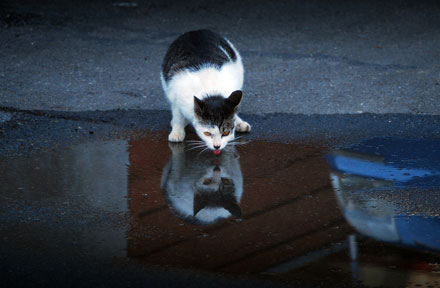
Why Does My Cat Cough After Drinking Water? 8 Potential Reasons
Mar 13, 2023
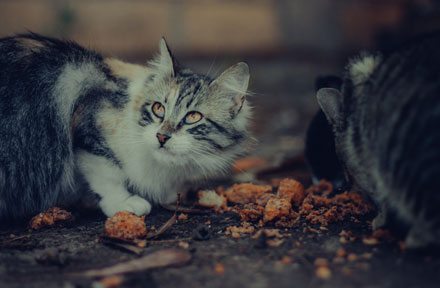
My Cat Only Eats A Little at A Time - What to Do?
Feb 27, 2023
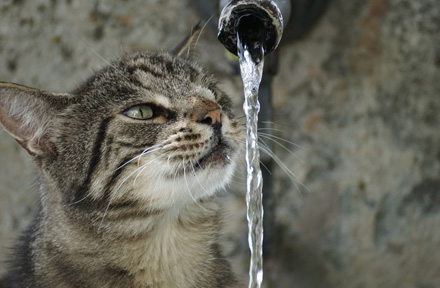
Why is My Cat Throwing up Water? Top 5 Causes Here
Feb 08, 2023
$99.99
$129.99
Copyright © 2025 WOPET. All Rights Reserved.